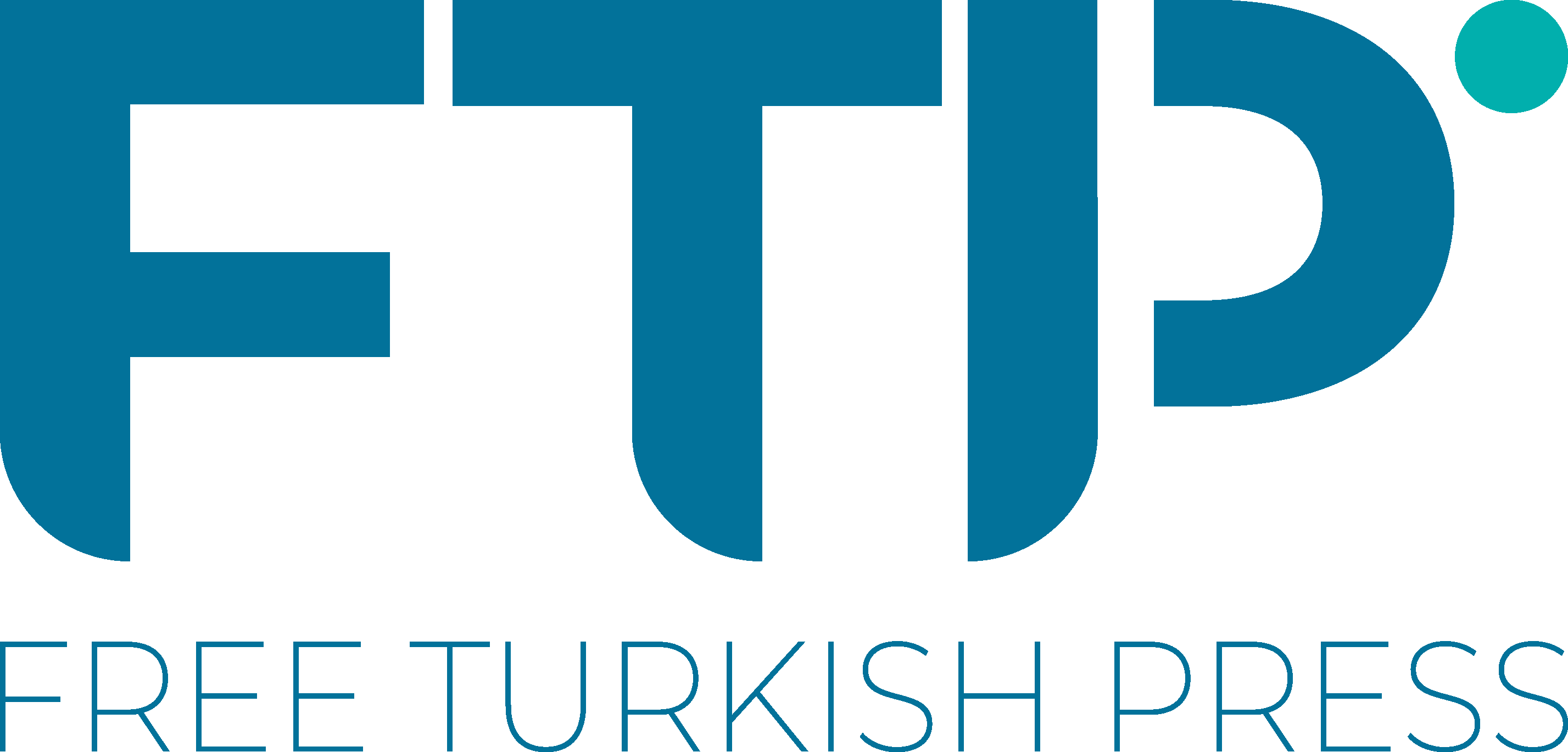“As Iran fences with the US over sanctions and Tehran’s nuclear program, Iranian-backed militias occasionally fire rockets at US positions. And Russia pursues Syrian ‘pinpricks’ against the Americans, hoping that Washington will finally abandon the Kurds.”
In north-east Syria, the 12-year conflict is far from over. Russian fighter jets buzz US surveillance drones, threatening to bring them down. Iranian-backed militias occasionally fire rockets at US positions. The Assad regime maintains that it will “regain every inch” of Syria, ending Kurdish autonomy in the north-east.
Meanwhile Turkey —considering the Syrian Kurdish Democratic Union Party (PYD) to be part of the Turkish Kurdish insurgency PKK— carries out periodic strikes, following its seizure of part of the border area in October 2019. And the Islamic State, expelled from its last village is March 2019, is still present. Its cells attack civilians and the Assad regime’s military buses, killing at least 23 troops on August 11.
In a multi-sided confrontation where — amid the regime’s deadly repression — no one has “won”, the headline is of a possible Russian-Iranian-US showdown. But that is a diversion from a local story where Syria’s Kurds could be the biggest losers in the north-east.
On July 16, a Russian Su-35 fighter jet flew close to a US MC-12 turboprop surveillance aircraft, flying in support of operations against Islamic State cells. American officials said the MC-12’s four crew members were endangered, and added that Russian harassment had complicated strike against an IS leader earlier in July. Moscow disregarded the message.
On July 23, another Russian fighter jet damaged a US MQ-9 Reaper drone, carrying our surveillance over northern Syria, when it flew within a few metres and one of its flares struck the Reaper’s propeller. A drone operator kept the Reaper in the air and guided it home.
Lt. General Alex Grynkewich, commander of the 9th Air Force, said: “We call upon the Russian forces in Syria to put an immediate end to this reckless, unprovoked, and unprofessional behaviour.” Some analysts seized on the incidents to declare imminent confrontation. Citing movements of Iranian-backed militia and Assad regime troops and equipment as well as Russian harassment, the Washington-based Institute for the Study of War declared: “Iran, Russia, and the Syrian regime are coordinating to expel US forces from Syria.”
Despite a de facto “deconfliction” arrangement with US forces, Russia has discussed operations with Iran to prop up the Assad regime throughout the Syrian conflict. But ISW’s assessment is hyperbolic. The chair of the US Joint Chief of Staff, General Mark Milley, said in July that additional military deployments were not needed to fend off Russian harassment: “There’s been an uptick, but I wouldn’t overstate it too much. We’ve got adequate capabilities to defend ourselves.”
Equally important, assessments such as ISW’s play down – or even ignore completely – what is actually happening on the ground in Syria in favour of focusing on the interplay between foreign powers. Specifically, attention to a US-Russian-Iranian confrontation ignores the group at greatest risk in any showdown: Syria’s Kurdish population.
In 2015, the prospect was of an Islamic State caliphate across northern Syria. IS controlled about one-third of the country, with the prospect of further gains. But the Kurds, backed by US military assistance, held out. They repelled a four-month siege of Kobane by IS in January 2015, at the cost of thousands of lives, and then began the fightback to reclaim territory.
Raqqa, Syria’s seventh-largest city and the centre of the caliphate, was liberated in October 2017. The following September, the Kurdish-led Syrian Democratic Council declared the establishment of a statelet, the Autonomous Administration of North and East Syria (AANES).
But autonomy would inevitably be tenuous for a Kurdish population — estimated at between 30 and 45 million — struggling for decades for a state in Syria, Iran, Iraq or Turkey. The Assad regime, which suppressed Kurdish protests in 2004-05, was anxious to regain authority that it had lost after nationwide demonstrations began in March 2011.
Tehran’s regime not only chafed at US-supported Kurdish forces but also had its own problematic relations with Kurds in northwest Iran. Turkey’s Erdoğan government, because of its internal fight with the PKK, was also dedicated to breaking the Kurdish areas.
Ankara came close to doing so. Having already overrun the Afrin canton in north-west Syria in 2016, Erdoğan sought an opening to advance in the north and north-east. He got it from Donald Trump, who offered in phone calls in December 2018 and October 2019 to withdraw all US troops. The Pentagon checked Trump on the first occasion, but Erdoğan seized on the second “green light” to launch a cross-border invasion, occupying a strip along the border.
In April 2013, at an international gathering in Oxford in the UK, a US military officer told me: “I can’t see us maintaining a presence. The Kurds always lose in the end.”
More than a decade later, about 900 US troops remain in Syria, many of them working with the Kurdish-led Syrian Democratic Forces. But Erdoğan is watching, waiting, and saying that the Kurds must capitulate. Assad still insists that he should be the leader of the north-east.
As Iran fences with the US over sanctions and Tehran’s nuclear program, Iranian-backed militias occasionally fire rockets at US positions. And Russia — entangled in what appears to be Vladimir Putin’s losing gamble in Ukraine — pursues Syrian “pinpricks” against the Americans, hoping that Washington will finally abandon the Kurds.
On August 4, as political and military analysts were watching Russia and the US, there was another statement from northeast Syria. A day earlier, a Turkish drone strike on a car killed four members of the Syrian Democratic Forces and wounded two.
The Kurdish-led AANES called on the US to take a public position over the Turkish attacks which have killed dozens of Syrian Kurdish fighters this year. Washington must “have a clear stance … regarding the targeting of our people and fighters”.
There was no immediate reaction from either the US military or the Biden administration.
This piece was originally published in The Conversation.
The views and opinions expressed above are the author’s and do not represent those of the Free Turkish Press.


